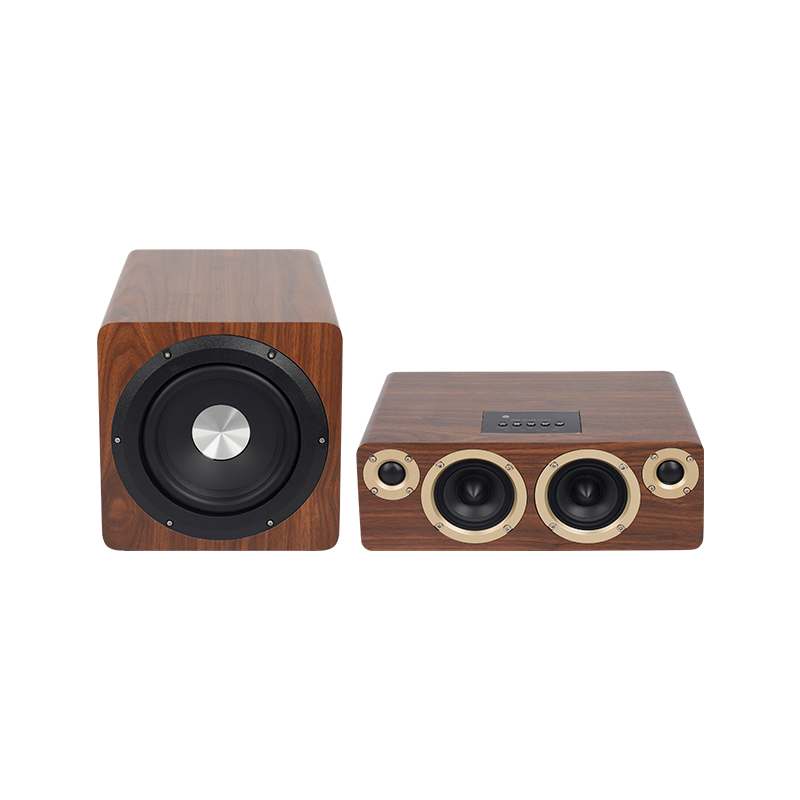Tube
In 1906, American DeForest invented the vacuum triode, creating a precedent for human electroacoustic technology. In 1927, Bell Labs invented the negative feedback technology, which brought the development of audio technology into a new era. The more representative ones, such as the Williamson amplifier, successfully used the negative feedback technology to greatly reduce the distortion of the amplifier. In the 1950s, the development of tube amplifiers reached a climax, and various tube amplifiers emerged one after another. Due to the sweet and mellow sound of the main technical indicators of the electronic tube amplifier, it is still preferred by audiophiles.

transistor
The emergence of transistors in the 1960s brought the majority of audio enthusiasts into a broader audio world. Transistor amplifiers have the characteristics of delicate and moving sound, low distortion, wide frequency response and dynamic range.
integrated circuit
In the early 1960s, the United States first introduced a new member of audio technology, the integrated circuit. In the early 1970s, the integrated circuit was gradually recognized by the audio industry due to its high quality and low price, small size, and multiple functions. . Up to now, thick film audio integrated circuits and operational amplifier integrated circuits have been widely used in audio circuits.
FET
In the mid-1970s, Japan produced the first FET. Because the FET has the characteristics of pure thickness, sweet tone and dynamic range of 90dB, THD<0.01% (at 100kHz), it quickly became popular in the audio industry. Many of today's amplifiers use field effect transistors as the final output.